The 31st
LaureateTheatre/ Film
Bando Tamasaburo
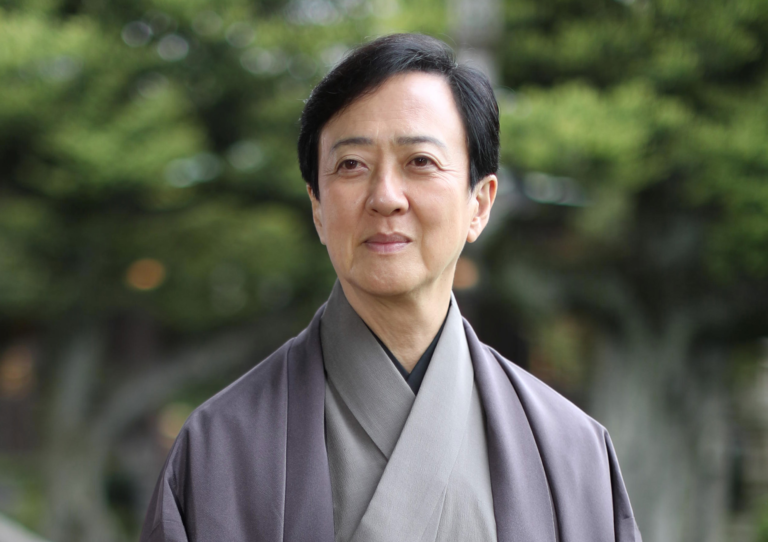
In the traditional world of Japanese kabuki theatre,Bando Tamasaburo is already legendary - considered to be one of its most important leading onnagata actors. As with many other countries’ theatrical traditions,kabuki is performed by an all-male ensemble,with some actors specializing in playing the female roles; the onnagata. Bando is known and greatly admired for his overwhelming beauty and his ability to express the spirit of the role he is playing. In keeping with kabuki tradition,he made his stage debut using one name,Bando Kinoji in 1957,but becoming Bando Tamasaburo V in 1964; receiving the prestigious stage name from his adopted father,Morita Kan’ya XIV. At the age of 19,Bando won the role of Princess Shiranui in Yukio Mishima’s Chinsetsu Yumiharizuki. He had continued to play the most important female roles in kabuki such as the loyal nursemaid Masaoka in Meiboku Sendai Hagi (The Precious Incense and Autumn Flowers of Sendai) and the lovely courtesan Akoya in Dan no Ura Kabuto Gunki. Revealing a constantly inquiring creative mind,he has extended his scope to include international and non-kabuki pieces; performing in Okinawa’s Kumiodori,Chinese Kunqu opera,collaborating with cellist Yo-Yo Ma,dancer/choreographer Maurice Béjart(1993,Theatre/Film) and film director Andrzej Wajda(1996,Theatre/Film).
Biography
In the traditional world of Japanese kabuki theatre,Bando Tamasaburo is already legendary - considered to be one of its most important leading onnagata actors. As with many other countries’ theatrical traditions,kabuki is performed by an all-male ensemble,with some actors specializing in playing the female roles; the onnagata. Bando is known and greatly admired for his overwhelming ability to create female beauty and to express the spirit of the role he is playing.
In 1957,in keeping with kabuki tradition,he made his stage debut using one name,Bando Kinoji,but becoming Bando Tamasaburo V in 1964; receiving the prestigious stage name from his adopted father,the influential kabuki actor,Morita Kan’ya XIV.
At the age of 19,Bando won the role of Princess Shiranui in Yukio Mishima’s adaptation of the heroic epic Chinsetsu Yumiharizuki.
Over the years,Bando has played all leading onnagata roles; roles that embody the wonder and appeal of kabuki. Roles such as the loyal nursemaid Masaoka in Meiboku Sendai Hagi (The Precious Incense and Autumn Flowers of Sendai),the lovely courtesan Akoya in Dan no Ura Kabuto Gunki (for a long time,Bando was the only actor who could play this role) and Yatsuhashi,a femme fatale role in Kagotsurube Sato no Eizame (The Haunted Sword). He is also famous for his performance of dance pieces - an integral part of the performance of a kabuki onnagata and is known for creating worlds of special beauty through dance in plays such as Kyoganoko Musume Dojoji (The Maiden at Dojoji Temple) and Sagi Musume (The Heron Maiden).
In Japan,the popularity of Bando Tamasaburo and his stage partners transcend the world of kabuki,particularly in the 1970s,when Bando had two particularly lasting and well-known stage partnerships; one with Ichikawa Danjuro XII - at that time known as Ichikawa Ebizo,the other with Kataoka Nizaemon - known at that time as Kataoka Takao. Such was the popularity of these partnerships that they became known throughout Japan as either Ebi-Tama or Taka-Tama. Their vibrant and subtle performances on stage endeared them to the public,whether fans of kabuki or not.
Bando’s creativity is not limited to kabuki. From a young age,he played important heroines of stage other than kabuki,appearing as Desdemona in Shakespeare’s Othello and as Tomihime in Izumi Kyoka’s Japanese classic horror story Tenshu Monogatari.
Revealing a constantly inquiring creative mind,he has extended his scope to include international and non-kabuki work: performing in Okinawa’s Kumiodori and in Chinese Kunqu opera as an onnagata. Taking his interest in dance outside a kabuki setting,he collaborated with world-famous cellist Yo-Yo Ma,combining dance with the music of J.S. Bach’s Fifth Suite for Unaccompanied Cello. In 1994,he worked with the famous choreographer and dancer,Maurice Béjart(1993,Theatre/Film) in the premiere performance of King Lear – Death of Cordelia. He has also created dance collaborations with Mikhail Baryshnikov(2017,Theatre/Film) and Jorge Donn.
The renowned Polish director Andrzej Wajda(1996,Theatre/Film) was so captivated by Bando’s performances that he cast him as both the leading male and female in the stage and film version of Dostoevsky’s Nastasja. He also acted as the artistic director for the internationally renowned Japanese drum ensemble,Kodo; producing Amaterasu and Yugen,performances featuring his dance combined with the traditional drumming of Japan.
Designated in 2012 a Living National Treasure by the Government of Japan- a title given to individuals certified as the holder of Important Intangible Cultural Property,Bando is understood to be a master of his art,an ambassador for Japanese culture and an enormous creative force.
Chronology
First direction of Romeo and Juliet (Theater)
Participated in Gaîté Parisienne,etc.,choreographed by Maurice Béjart
Participated in the Grand Kabuki Tour for Europalia ’89
Starred in Nastasja directed by Andrzej Wajda in Warsaw (Theater)
Starred in Nastasia directed by Andrzej Wajda (Film)
Grand Prix of Dance Screen ‘96 in Lyon for Struggle for Hope / Bach's Suite No. 5 for Unaccompanied Cello,collaborating with Yo-Yo Ma
Artistic director of the Japanese traditional drum group Kodo
-
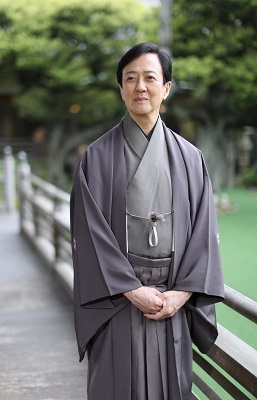
At Meiji Kinenkan
-
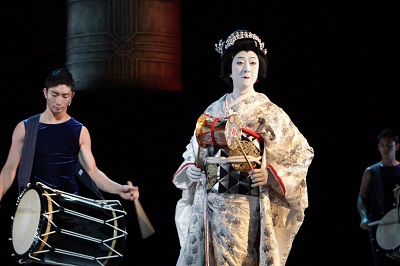
Cinema Kabuki special edition Yugen to be released from September 27, 2019, at movie theatres all over Japan
© Takashi Okamoto -
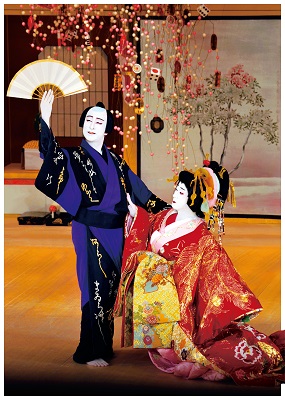
With Kataoka Nizaemon in Cinema Kabuki Kuruwa Bunsho to be released from January 3, 2020 at
movie theatres all over Japan
© SHOCHIKU -
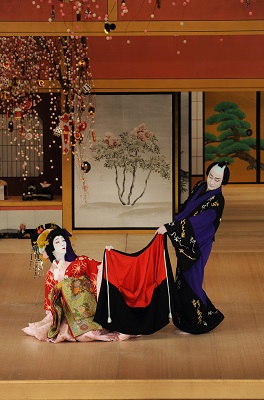
With Kataoka Nizaemon in Cinema Kabuki Kuruwa Bunsho to be released from January 3, 2020 at
movie theatres all over Japan
© SHOCHIKU -
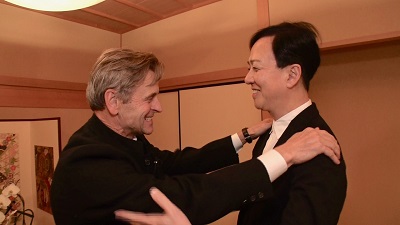
With Mikhail Baryshnikov at Kabukiza Theatre, Tokyo

